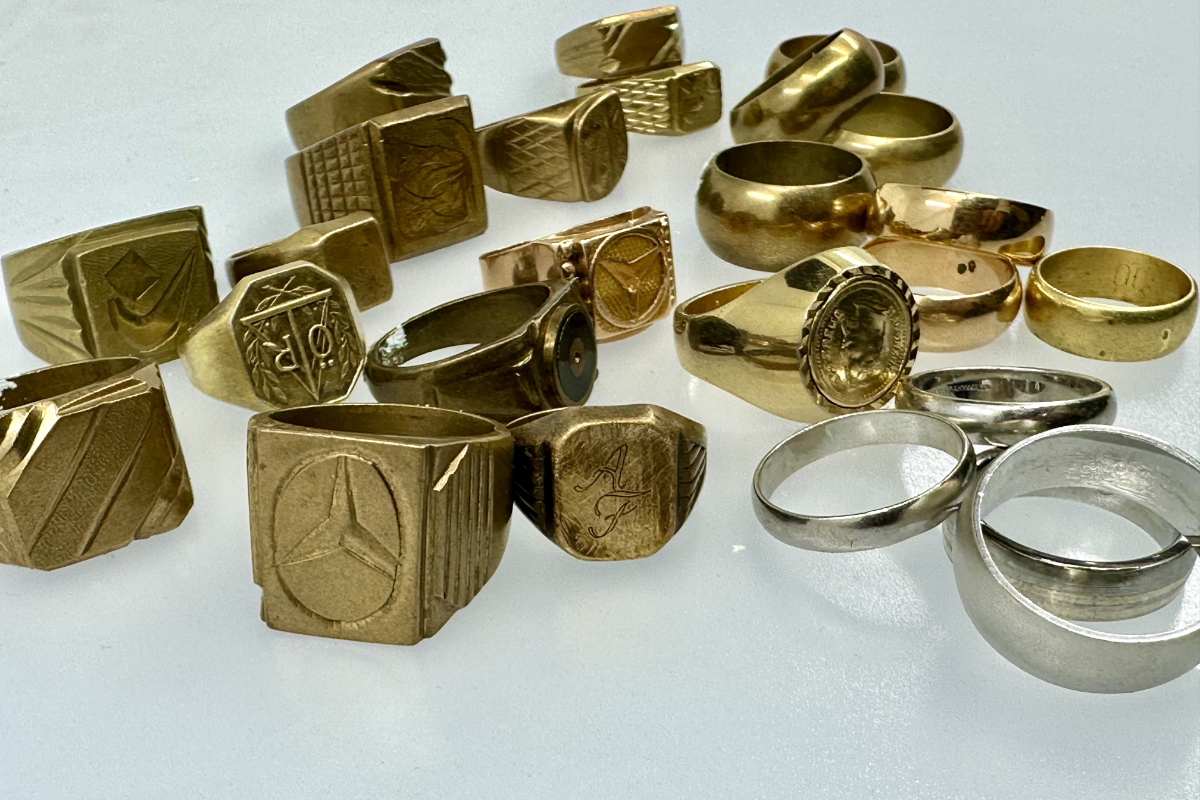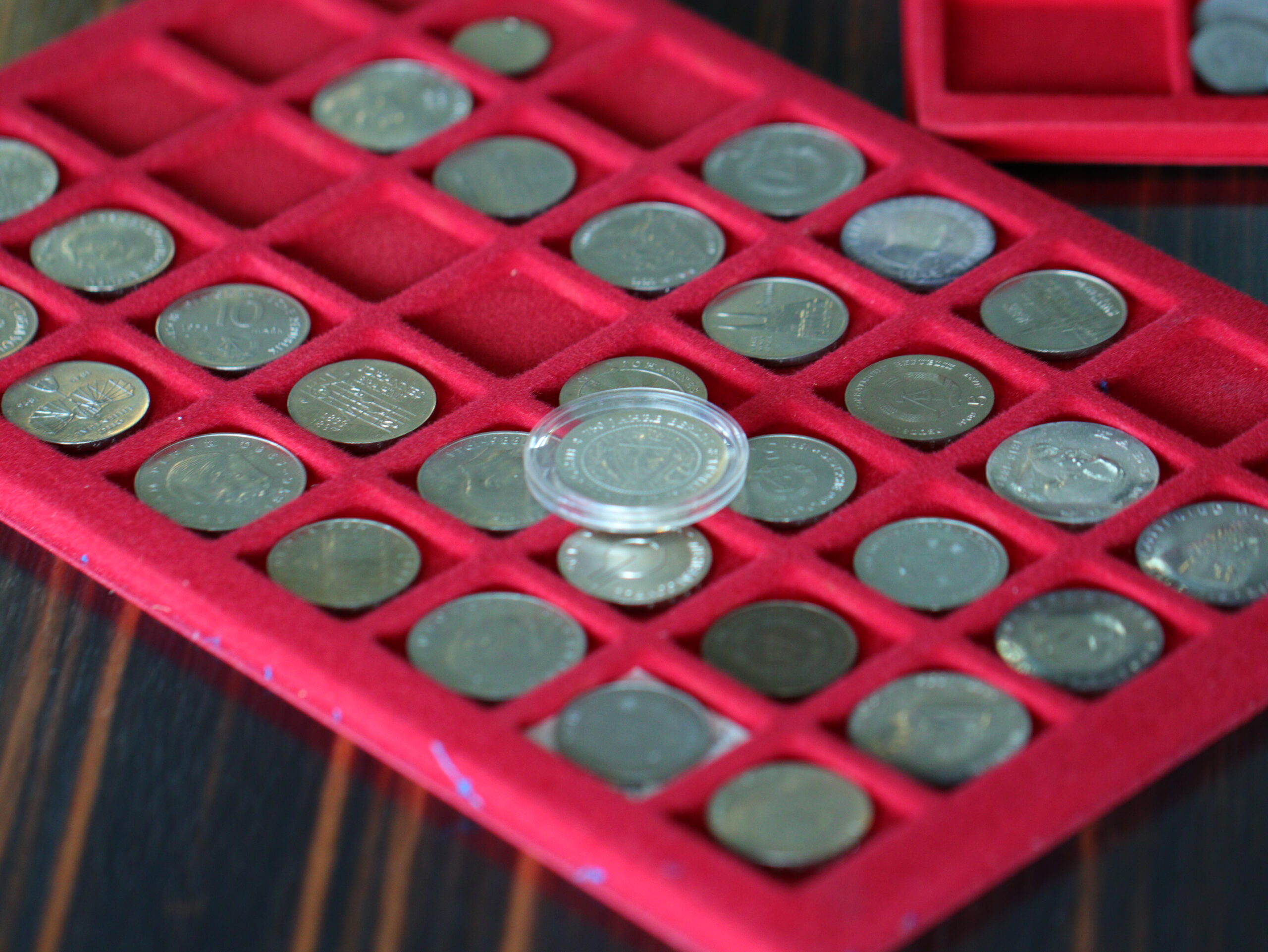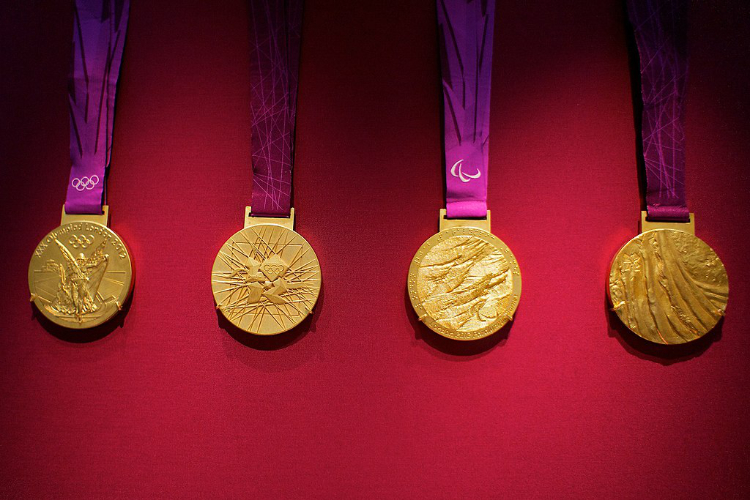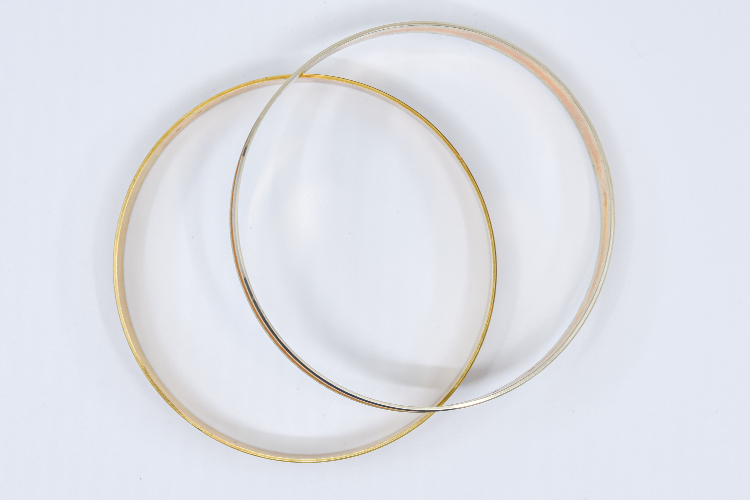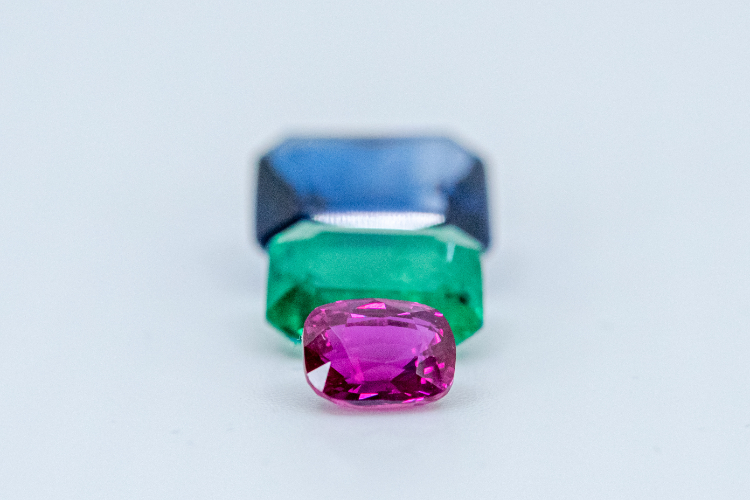
Gemstones, precious stones & semi-precious stones
At Gold & Co we not only buy gold, silver and precious metals, you can also sell gemstones with us. Particularly large colored stones are not only processed into jewelry, but also traded individually as an investment.
Current diamond purchase stop
We at Gold&Co. remain true to our principles of transparency and fair prices and have therefore decided to temporarily suspend the purchase of diamonds as long as the diamond market does not allow for acceptable purchase prices that we can represent to our customers with a clear conscience.
Gemstones consist of minerals that are usually formed through geological processes: Under high pressure, vacuum, heat or radiation - for example in the form of crystalline deposits of liquid magma. Their formation requires a certain sequence of events that create certain atomic bonds during the formation process, which then form in a specific spatial lattice.
Gemstones are minerals that have a certain rarity, are characterized by a certain transparency, color and shine and have a certain degree of hardness. In general, a Mohs hardness greater than 7 is considered "gemstone hardness". However, not only "genuine" gemstones were and are set as gemstones, but also minerals and crystals that do not meet these conditions.
Such beautiful-looking stones and minerals, which are more common on earth and much softer, were therefore long referred to as "semi-precious stones". In addition, materials such as amber, pearls, mother-of-pearl and coral were also used in jewelry making, which means that in gemology these are also counted as gemstones.
Carbon, corundum, beryl
Diamonds are generally considered to be among the most valuable gemstones. Diamonds are a special crystalline form of pure carbon, but are more common than many other stones. The "kings of gemstones" are primarily colored gemstones from the corundum and beryl group.
Red corundum, better known as ruby, is often referred to as the "stone of stones" and is considered one of the most sought-after colored stones. If corundums have a different color, they are traded as sapphires, which are also popular gemstones.
The fact that different varieties of one and the same mineral are known by different names is also evident in the case of beryl. The green variety of beryl is particularly popular: the emerald - known for its intensely bright green color. Other representatives of the beryl group are the blue aquamarine, the pink morganite, the yellow golden beryl or the colorless goshenite.
The value: What do gemstones cost?
Unlike gold, silver or other precious metals, there are no global reference prices for gemstones. Each stone is unique and must therefore be valued individually.
For gemstones such as diamonds, rubies, sapphires, emeralds, etc., the price is therefore primarily dependent on the 4 Cs:
- Carat(weight),
- Color(Color)
- Clarity(purity)
- Cut
The size, or rather the weight (carat) of a gemstone is always given in carats, whereby the metric carat corresponds to exactly 0.2 grams. When specifying the weight of individual stones, the carat weight is usually given to the second decimal place, i.e. to the nearest two thousandths of a gram. The more carats a gemstone has, the more valuable the piece is. This is because large stones are naturally much rarer than small stones. The weight specification is also reflected in the designation as e.g. half carat or one carat.
Especially when evaluating colored stones, the color is an important criterion, which should come as close as possible to the ideal color and appear as uniform and homogeneous as possible. Depending on the type of gemstone, there are color variations that are particularly popular. The "ideal" color of rubies is somewhat martially called "pigeon blood red". In the case of sapphires, orange variants with a pink overtone, known as "paparadscha", fetch high prices.
In terms of clarity, a stone should be as flawless as possible, i.e. have no visible blemishes on the surface and no major inclusions. There are standardized tables from gemmological institutes for assessing clarity. However, gemstones only reveal their full beauty through a suitable cut. Cutting is more than just "shaping" a stone. The cut has a decisive influence on how the incident light is refracted by the stone, revealing its color, brilliance and "fire" to the observer. Over time, technology and changing fashions have constantly produced new cuts.
Selling gemstones in Vienna
However, anyone wishing to sell gemstone and diamond jewelry today must be prepared for the fact that specialized gemstone dealers refuse to buy gemstones altogether, while jewellers and precious metal dealers pay little more than the material price of the gold or silver used when buying the gemstone jewelry. Because as valuable as a diamond ring may seem and as expensive as it may have been when it was purchased, if the piece of jewelry itself is not suitable for resale, for example because the style does not fit in with current fashion, the retailer can hardly sell individual, small gemstones on to jewelers.
Read here why buying gemstones is so difficult.
However, if you have gemstone jewelry with particularly large stones or even individual pieces, selling them can be quite profitable. Depending on the type, size and quality, gemstones can also be suitable as an investment opportunity. However, in order to be traded as an investment stone, an expert opinion or a certificate or grading report from a renowned international gemmological institute is essential. Without such certificates, only significantly lower prices can usually be achieved with stones suitable for investment.
Buying gemstones in Vienna
If you want to buy gemstone jewelry, you will find a wide range of jewelry with diamonds, colored gemstones, pearls.... Old pieces and antique jewelry can also be found at selected antique dealers and specialist stores for antique jewelry.
Unlike gold and precious metals, gemstones are certainly only an investment for absolute experts and professionals. Investment stones should only be purchased from specialized gemstone dealers or qualified precious metal dealers. In terms of resale value, gemstones purchased as an investment should be as large, flawless and untreated as possible. Investment stones without a certificate from a renowned institute such as GIA, Gübelin or SSEF should not be purchased.
Gold & Co founder Walter Hell-Höflinger is a sworn and court-certified expert for precious metals and jewelry, a European gemmologist and a specialist member of the Austrian Gemmological Society.

